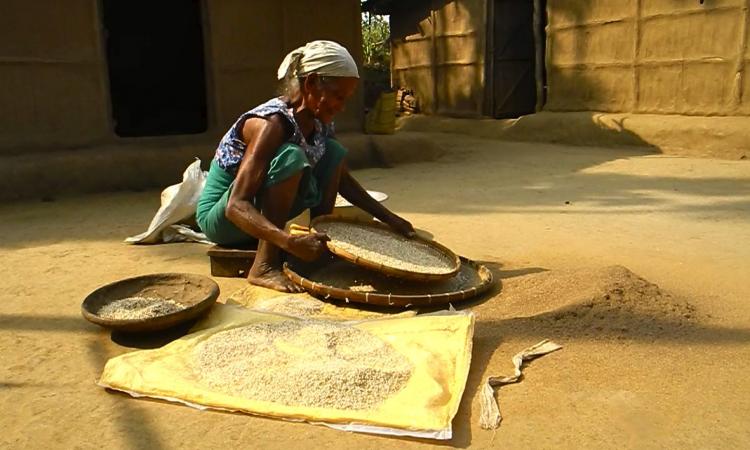
Shifting cultivation, locally called 'Jhum', is a widely practiced system of crop cultivation among the indigenous communities of Northeast India. While it is generally contested as a destructive method of farming, it is also argued that the system lends itself as much more than just a farming practice. It gives a family its food, fodder, fuel, livelihood and is closely linked to their identity.
Many opine that the name ‘slash and burn’ system has attached a negative image to it. While some amount of vegetation is cleared and burnt to create manure for the crops, the practicing families also have in place a system of nurturing the trees that comprise their lands. The system allows a wide variety of crops to be grown in every cycle. However, shorter fallow periods between two crop cycles have started to change the land use pattern in many areas.
While this farming method has been widely argued as environmentally destructive and economically unviable, it must also be viewed in its entirety-where it means much more than just an agricultural method for the communities. Government approaches to manage Jhum cultivation have invariably tried to replace it with settled agriculture. Has this approach worked well or has it just opened a new can of worms for the communities? In the wake of climate change, does Jhum farming offer new ways of adaptation to the challenges posed by it?
Watch the video to know more about the Jhum system of cultivation and how government interventions have fared in the region.
(The video was made by Usha Dewani as a part of the ICIMOD Media Fellowship 2013)